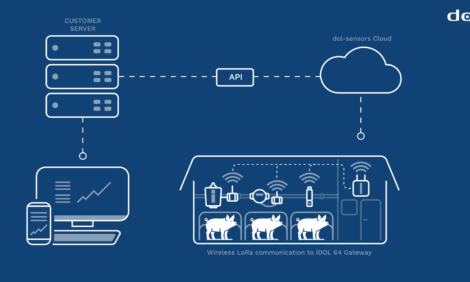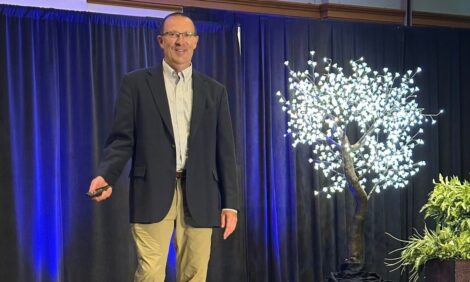



Food Bug Forensic Tracking
Pork factories now rely on a new kit to examine suspect meat with a technique that was developed in an EU-funded project called Biotracer.
The system relies on maths algorithms to pinpoint the most likely origin of harmful bacteria on meat, such as salmonella.
“You can use the math modelling to say that it's 90 per cent certain the contamination came from the raw materials, or you could say that it's almost certain that it was a particular slicer in the boning hall,” said scientist Kieran Jordan of Teagasc, the Irish agricultural research institute, in Dublin, Ireland.
A Dutch pork factory was used as a testbed for the detective-style investigation of Salmonella contamination.
It works by tracing the strain and its whereabouts and could help prevent shutting down the entire processing factory for a deep clean.
This approach involves fingerprinting contaminant bacteria, thanks to DNA profiling and identifying its origin.
“It is not good enough to just say [bacteria] are present; you must be able to say how many. But you also need to do typing of strains [for identification],” Dr Jordan said.
Previous methods were not so precisely targeted.
“This [contamination] can occur when equipment is colonised by biofilms of Salmonella living and growing on equipment that can be difficult to clean, such as de-hairing machines,” Rob Davies told youris.com.
As a salmonella expert at the UK's Animal Health and Veterinary Laboratories Agency, in Weybridge, he added: “The critical thing is very regular cleaning and disinfection to avoid this. Once a complex mixture of different bacteria and accumulated organic material form a biofilm, it is more difficult and more resistant to disinfectants.”
This improved, faster detection method is not restricted to pork, nor to Salmonella. It is also applicable to other harmful bugs in food such as Helicobacter in chicken and Listeria in cheese, Dr Jordan explained.
“It is the math behind the method that makes a difference,” he adds. “It could even be used by forensic detectives.”
“It was a very ambitious project,” food scientist Mansel Griffiths of the Canadian Research Institute for Food Safety in Guelph, Ontario told youris.com.
However, he added: “It did succeed in identifying novel approaches to identify and trace sources of contamination of food that is imperative to ensure the safety of consumers.”
According to Griffiths, who was chair of the project’s international expert advisory committee, the best way to develop more effective control strategies for any foodborne pathogen is to gain a better understanding of how such pathogen functions, i.e. its physiology, how it relates to its environment, i.e. its ecology, and how it affects foodborne disease progression, i.e. its epidemiology.
“There has been a lot of good work done in the project but the value will come in how it is employed,” Dr Davies said.
“If it just stays in research reports, that will not be much help. But if it is taken up by Europe to identify sources of contamination in a way that can reduce human illness then it could begin to pay for itself,” he added.
For now, EU regulation says plants can use traditional methods such as deep cleaning and inspections for keeping food safe.
Dr Davies added: “It's the future application of this type of harmonised strain tracking approach by the European Commission, the European Centre for Disease Prevention and Control and the European Food Safety Authority that will make a difference.”
January 2013






